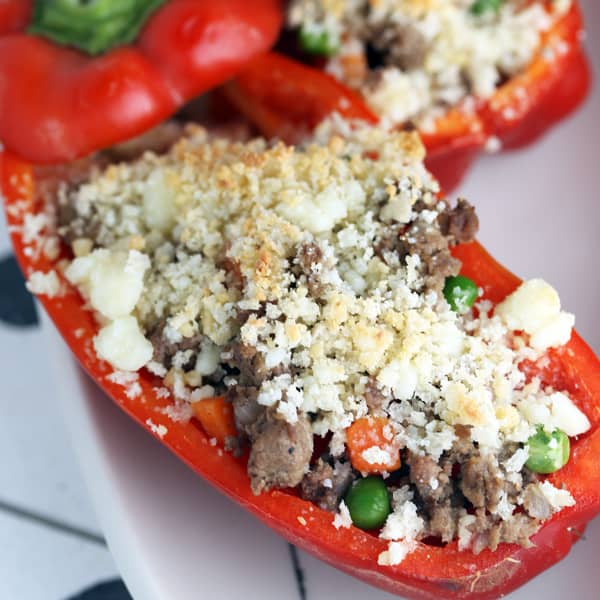
There was one food that kept popping up on menus across Peru, and that was rocoto peppers, stuffed with meat, vegetables and topped with melted cheese. Not that I minded. Stuffed rocoto peppers are delicious, and I became a big fan.
Alas, I have never seen a rocoto pepper here in a U.S. super market. Their popularity in Peru can be attributed to their ability to grow at a cool, high altitudes, so perhaps someone in Colorado or Idaho may have tried to plant them. If anyone knows of a fresh source of whole rocotos, let me know. (FYI, you can get rocoto pepper sauce online here.
After a little research online, it turns out rocoto peppers (Capsicum pubescens) are slightly spicier than chile piquin, our local chile of choice here at the ranch. Their name comes from the native Quechua word rukutu, which is the name of the pepper. There is a mountain range in the Ancash region of Peru called Rocotopunta, and it makes me wonder if the pepper got it’s name from the mountain, or if the mountain got it’s name from the pepper.
I always believed that the hottest, driest regions produced the hottest chiles, so I found it remarkable that the mountain growing, cold loving rocoto actually ranked higher on the Scoville scale than the chile piquins that grow wild in my yard.
Oddly enough, the rocotos I ate didn’t seem all that spicy, but that might be attributed to the removal of all seeds before the peppers were filled. I also heard several recommendations of simmering the hollowed out rocotos in either salted or sugar sweetened water, discarding the water, and simmering twice again would lower the level of spiciness. I would compare what I ate to the heat level of a fresh poblano chile. But if you have any experience with chiles, you know that spiciness can vary greatly from crop to crop, or chile to chile.
Nonetheless, I tried to replicate a stuffed rocoto once I got home. I really like the chewy, salty topping of mixed fresh and aged cheeses, and the crisp plant-y flavor of the pepper. A red bell pepper is probably the best substitute, but why are red bell peppers grown so massively long and narrow? Argh, it was impossible to get them to sit on their bottom in a baking pan, so I sliced them vertically and baked them lying down (the peppers laid down while baking, not me.) Opening the pepper vertically allowed for more cheese topping. Every recipe should allow for more cheese topping.
To add some spiciness back to the rather neutral bell peppers, I added a slice of chile habanero to the ground meat mixture, and covered it with the cheese topping. My Peruvian guides advised me this was another way they controlled the heat in their peppers – Just remove the spicy slice of pepper before you enjoy your dish. A slice of pepper adds flavor, but it can be removed before you dig in.

Hey pepper growing peeps, what the heck? Why are red bell pepper triple the length of green peppers?

This is where things went wrong in the test kitchen. I should have left on the tops. But make sure you get out the center core of seeds.

Proof that I was correct to slice the peppers vertically. The green pepper is no where near the amount of cheese I wanted. Double humph.

I’m so sad I cut the top off of this pepper, as I think it would have looked prettier on. I’m sure I will return to happiness once we sit down to eat!









Leave a Reply